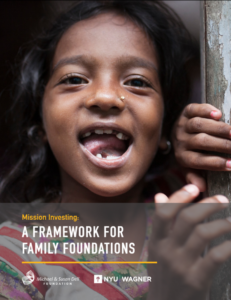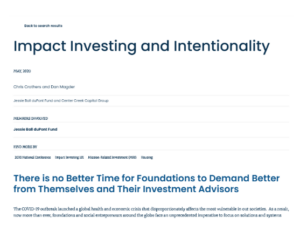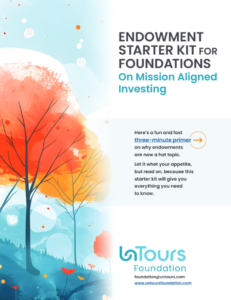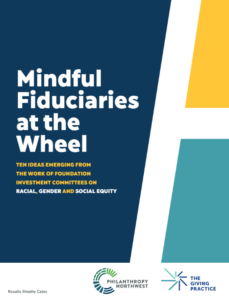Ever caught a boardroom debate where someone argues that fiduciary duty is all about maximizing every bit of possible return, leaving no room for social impact or mission considerations?
It’s a common misconception: the belief that being a responsible trustee means walling-off mission from investment considerations. Many board members question, “Can we really pursue impact without compromising our ability to ensure the foundation’s long-term financial success?” The truth is, by unpacking and rethinking what fiduciary duty really means—alongside reworking governance systems—we can discover that the pursuit of both financial returns and mission alignment isn’t just possible; it’s a win-win. Let’s dive in and explore how these fresh perspectives can open up new, sustainable ways of achieving long-term success.
On March 27, 2025, GSIC partnered with Rosalie Sheehy Cates, Senior Advisor at The Giving Practice, to facilitate a virtual workshop, “Fiduciary Duty, Good Governance, & Impact Investing,” for Georgia’s foundations and philanthropic leaders. The workshop drew a diverse group of participants – including foundation staff, board members & trustees, investment committee representatives, philanthropic advisors, and donor advised fundholders. The conversation explored how an evolved understanding of fiduciary duty—not just as a set of legal rules but as a trust-based relationship influenced by culture—can unlock more mission‐aligned and impact investing capital.







